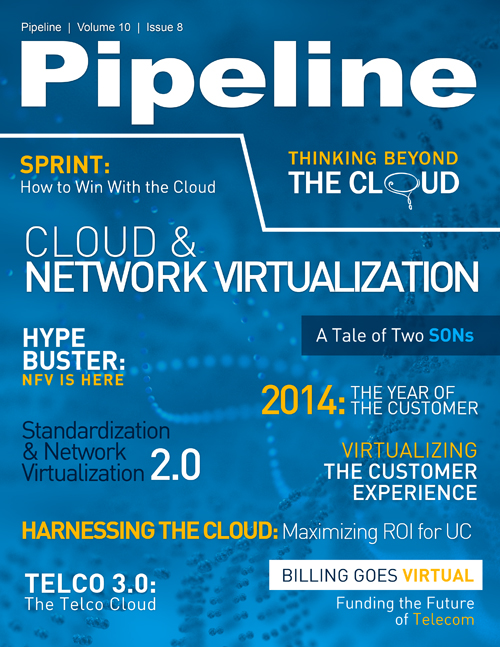The Power of Team Collaboration in the Sale and Design of Cloud Infrastructure for Enterprises
Recently I met a restaurant chef, and I asked him his secret for staying creative and constantly coming up with fresh recipes. He told me, "Joe, creativity is the easy part. The boredom comes from having to cook the same thing over and over again." He attributed much of his success and creativity to an ability to delegate to his junior chefs less crucial tasks such as preparing simple menu items or the components required for a dish.
That’s quite similar to the enterprise cloud world. Engineers need to collaborate to create today’s complex cloud designs. So when our senior engineer is needed to do more-creative or difficult tasks, our design tool enables us to collaboratively delegate less intricate tasks to a lower-cost junior engineer. Bottom line: our engineering is more efficient and there’s improved utilization and increased job satisfaction for our high-level engineer "chefs" while other team members are learning and growing by being involved.
Dan: How does the enterprise deal with all the options in cloud infrastructure? This is a very dynamic field and it seems like the customer would worry a lot about how it all comes together.
Joe: Dan, once you demonstrate you truly have an integrated solution, the customer stops worrying about a lot of things. Remember, a CIO has plenty of other responsibilities and worries, such as managing security and the wide area network, dealing with social media, doing business in the Internet age, and gaining market share. I'm fond of saying, "Leave the plumbing to us."
But our differentiation is our value-add — making it easy to add, delete, and change things over time.
To offer that flexibility, there’s no substitute for using automated collaboration tools to enable us to deliver complex and unique cloud solutions with amazing efficiency. When you achieve that level of “plug-in” functionality, the customer merely says, “Great, and how much do we owe you for that?"
At that point, the CIO can focus on the business and not worry about all the minutia of getting telecom to work.
Dan: How far along is Sprint in building out these integrated solutions for the enterprise?
Joe: Today there are still piece parts, but we're quickly moving to the point of abstracting the piece parts and making it a service.
Have you ever seen those fantastic things people build out of Lego bricks, such as life-sized reptiles or huge buildings? As you step back from those structures, the fact that they are built out of Lego blocks is totally abstracted. You don't even notice.
That’s where we’re going. The collaborative design tool enables us to present the customer a higher-level, integrated view using bundles of functionality instead of a myriad of network components.
If we go into a small enterprise of 100 seats, we have a cache of elements ready to offer them: a MPLS (multiprotocol label switching) design, a Managed Network Services design, a SIP (session initiation protocol) trunking design, a Sprint mobile integration design and/or a Sprint Data Link design (linking wireless and wireline), and possibly a network-to-network interface (NNI) design.
So now we’re ready when the customer says, "I want a gateway for my mobile users so I don’t have to take their traffic through the Internet.” Once their wireless traffic hits the tower, it is routed to our backbone where we use the new, hosted link service to move that traffic onto our MPLS behind the customer's firewall.
When all of this is integrated, it makes it much easier to offer new functionality. Using our collaborative design solution, we are successfully expanding our integrated solutions suite.
Using these plug-in functions takes away the customer’s basic concerns about how it is actually going to work. And if the customer wants to move a mission critical application into the cloud, say a Microsoft Exchange or SAP same regarding full name use, they can quickly see how our designs will accomplish that.
Dan: Now that the cloud and data center markets are taking off, what’s the status of CPE equipment? How do the enterprises view their current infrastructure?
Joe: Customer Premises Equipment was always a puzzle to define. Was it called CPE because they owned it or because it's installed at their place? Well, it could be many things.
The important question is not about ownership; it’s about managing change and obsolescence.
But in today’s world, that’s challenging. If you buy the best television on the market, three years from now you can find a better one for 60% of that price. It’s the same thing for a PBX. A PBX may be worth a lot to the customer today, but the technology, features, and price are evolving constantly.



















